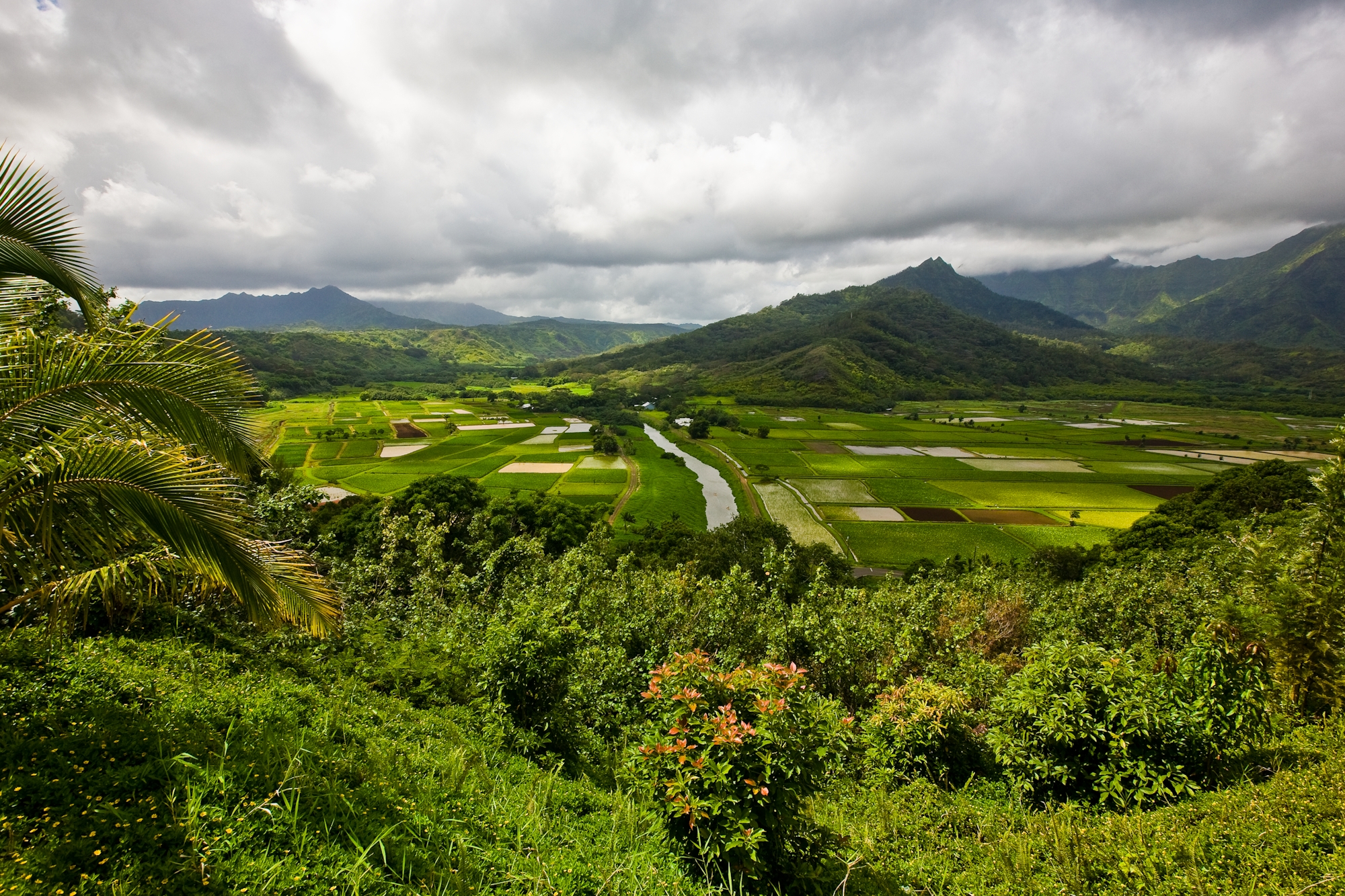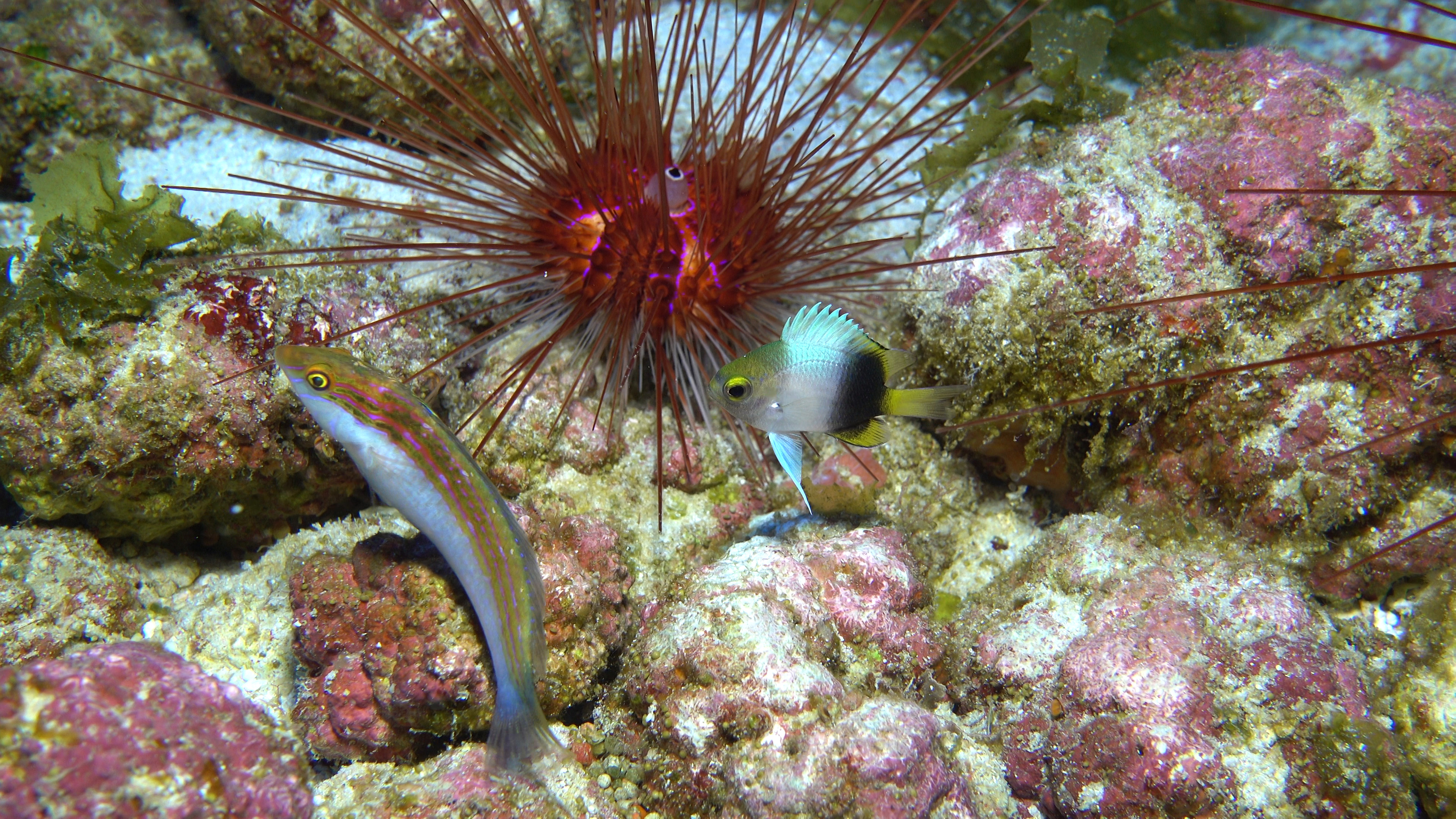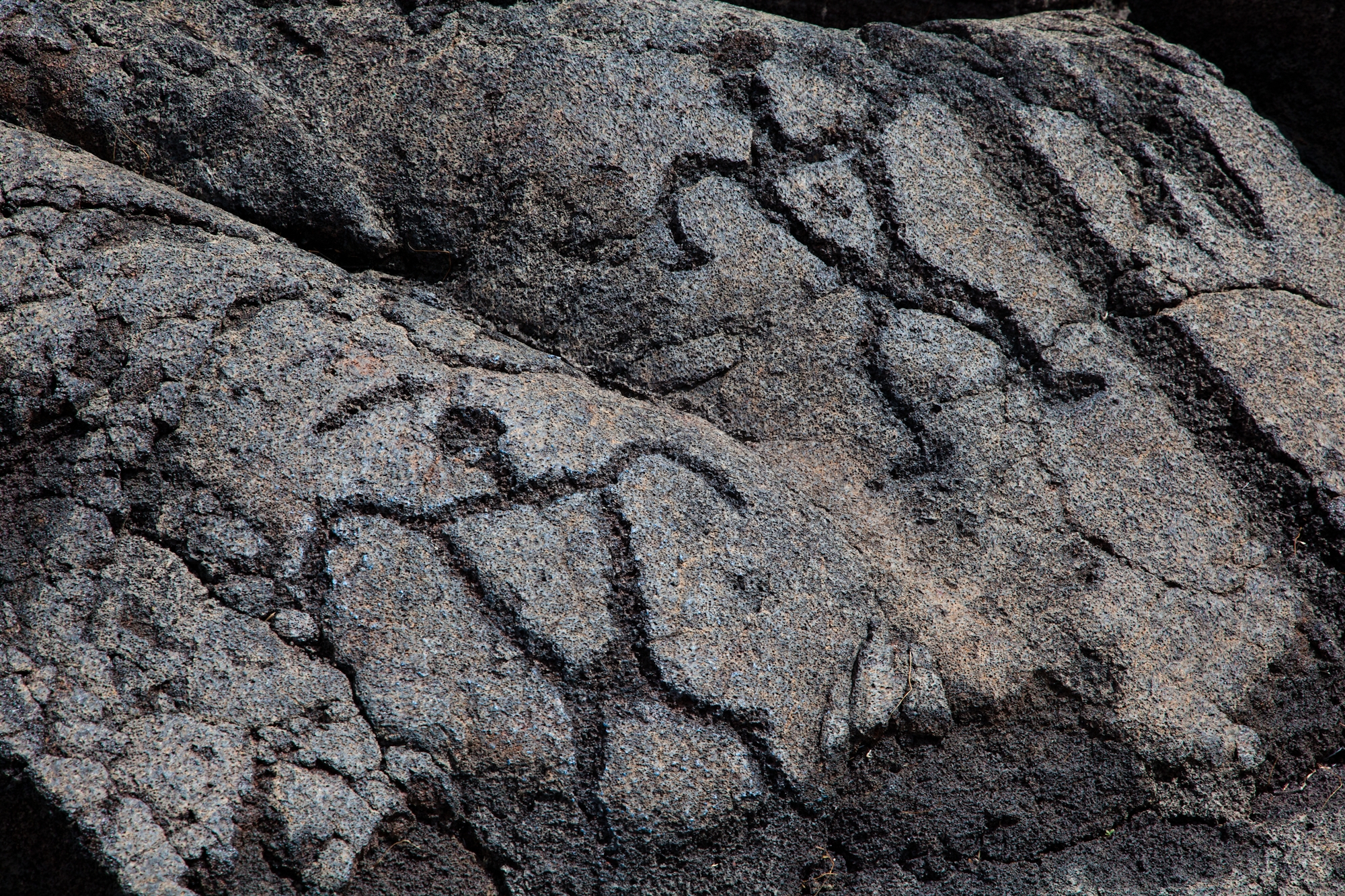Planet at the crossroads
1-10 September 2016, Hawaiʻi
Conservation in Hawaii
The U.S. State of Hawaii is a group of islands situated some 3,200 kilometers southwest of the North American mainland, with a population of almost 1.5 million. As the heart of one of the richest cultural and ecological regions, Hawaii merges the economies and cultures of east and west.

Hanalei Valley kalo (taro) farm on the island of Kauai.
Credit: Tor Johnson / Hawaii Tourism Authority (HTA)
With almost 10,000 native plants and animals, the Hawaiian Islands showcase diversity in nature, culture, conservation and sustainability through a combination of traditional wisdom and modern knowledge.
Hosting the IUCN World Conservation Congress in 2016 will highlight environmental action such as the 2010 White House Executive Order which directed U.S. agencies to increase their ability to maintain healthy, resilient and sustainable oceans, coasts and Great Lakes resources to benefit present and future generations.

Credit: Richard Pyle / Bishop Museum
Hawaii has set the goal of doubling its locally-produced food supply by 2030. Its new strategy to increase local food production by 2030 and ambitious local agriculture programs hold great promise, as do cross-sector partnerships such as the Hawaii Invasive Species Council and the Hawaii Association of Watershed Partnerships. Achieving 100% renewable energy by 2045 is a top priority for Hawaii and one of the most aggressive energy goals in the United States.

Pair of kii pohaku (petroglyph) on the island of Hawaii.
Credit: Tor Johnson / Hawaii Tourism Authority (HTA)
Hawaii launched the Aloha+ Challenge: He Nohona Aeoia – A Culture of Sustainability, a state-wide joint leadership commitment that sets achievable targets for clean energy, local food production, natural resource management, waste reduction, sustainable communities, climate resilience and green jobs to be achieved by 2030.
Diacritical Markings
The Hawaiian language uses two diacritical markings. The “okina” is a glottal stop, similar to the sound between the syllables of “oh-oh.” In print, the correct mark for an okina is the single open quote mark [‘]. The “kahako” is a macron [–], a line over selected vowels, which lengthens and adds stress to the marked vowel.
The Host Committee recognizes the use of diacritical markings of the Hawaiian language, however, as not all computers and fonts are able to reproduce these markings in normal text these diacritical markings have been omitted throughout the website to ensure the best online experience for visitors. Use of these markings is important to preserve the language and culture of Hawaii, and the Host Committee respectfully uses them in all non-digital communications.




